The Corner House
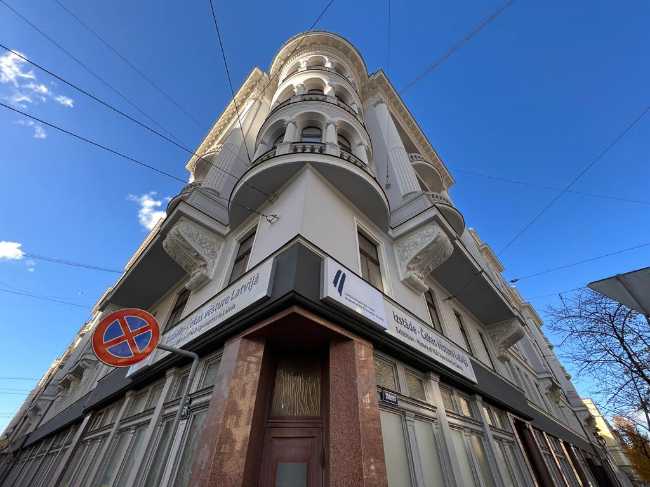
The Corner House in Riga, at the junction of Brīvības and Stabu streets, is a stark reminder of Latvia’s Soviet‑era repression. Built in 1912 as an apartment building, it became the KGB’s headquarters during the occupation, where thousands were interrogated, imprisoned, and, in many cases, never returned. Today, as part of the Museum of the Occupation of Latvia, it offers guided tours through preserved cells, interrogation rooms, and exhibitions that reveal the machinery of surveillance and control, serving both as a memorial and a lesson in history. Nearby, the Museum of the History of Riga and Navigation, housed within the Riga Dome Cathedral ensemble, traces over 800 years of the city’s story. Its 16 halls display artefacts from medieval trade and seafaring to modern times, including the 13th‑century “Riga ship,” Hanseatic weights and measures, and treasures of local craftsmanship. Together, these sites offer a profound journey through Riga’s resilience, from its maritime roots to its endurance under oppression.
Riga LatviaThe Corner House, located at 61 Brīvības iela in the center of Riga, is a historic building famously known as the former headquarters of the Soviet KGB in Latvia. Constructed in 1912, this Art Nouveau-style building served as a site of political repression, interrogation, and imprisonment throughout Latvia’s Soviet occupation. Today, it functions as a museum offering a profound and thought-provoking look into this dark chapter of history, where visitors can explore exhibitions about the KGB’s operations, view prison cells, dungeons, and office spaces, and gain insight into the lives of those who suffered within its walls. The Corner House is centrally located within walking distance of Riga’s key landmarks including the Freedom Monument, the House of the Blackheads, and Riga Central Station, making it easily accessible and an important cultural and historical destination in the city. Public transport options are plentiful along Brīvības iela, ensuring convenient access for visitors.
 Museum of the Occupation of Latvia
Riga
Museum of the Occupation of Latvia
Riga
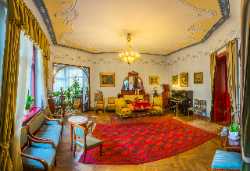 Art Nouveau Museum
Riga
Art Nouveau Museum
Riga
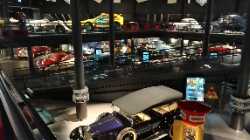 Riga Motor Museum
Riga
Riga Motor Museum
Riga
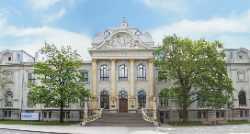 Latvian National Museum of Art
Riga
Latvian National Museum of Art
Riga
 Latvian National Opera and Ballet
Riga
Latvian National Opera and Ballet
Riga
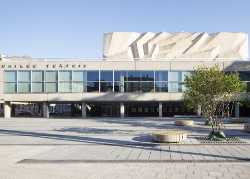 Daile Theatre
Riga
Daile Theatre
Riga
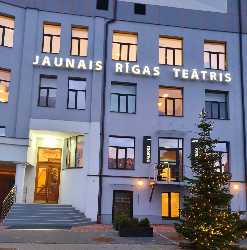 New Riga Theatre
Riga
New Riga Theatre
Riga
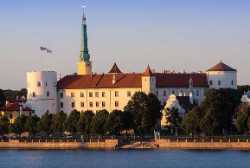 Riga Castle
Riga
Riga Castle
Riga
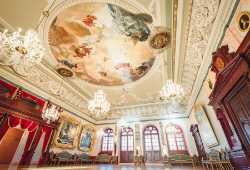 House of the Blackheads
Riga
House of the Blackheads
Riga
 Bastejkalns Park
Riga
Bastejkalns Park
Riga
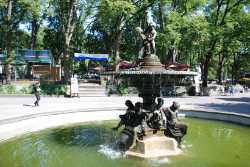 Vērmanes Garden
Riga
Vērmanes Garden
Riga
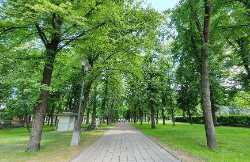 Esplanade Park
Riga
Esplanade Park
Riga
 Botanical Garden of the University of Latvia
Riga
Botanical Garden of the University of Latvia
Riga
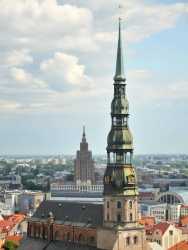 St. Peter's Church Tower
Riga
St. Peter's Church Tower
Riga
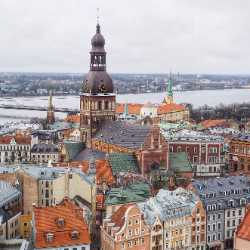 Riga Cathedral Tower
Riga
Riga Cathedral Tower
Riga
 Rātslaukums
Riga
Rātslaukums
Riga
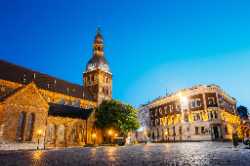 Dome Square
Riga
Dome Square
Riga
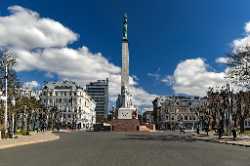 Freedom Monument Square
Riga
Freedom Monument Square
Riga
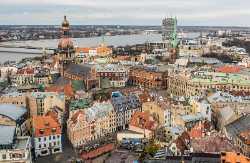 Riga Old Town
Riga
Riga Old Town
Riga
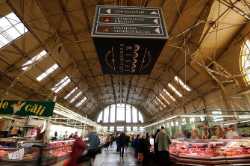 Rīgas Centrāltirgus
Riga
Rīgas Centrāltirgus
Riga
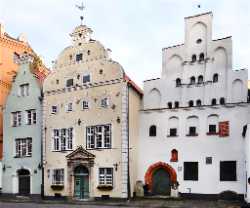 Three Brothers
Riga
Three Brothers
Riga
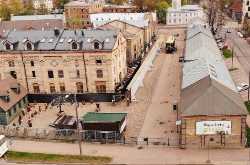 Riga Ghetto and Latvian Holocaust Museum
Riga
Riga Ghetto and Latvian Holocaust Museum
Riga
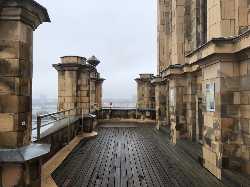 Latvian Academy of Sciences Observation Deck
Riga
Latvian Academy of Sciences Observation Deck
Riga
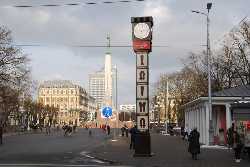 Laima Clock
Riga
Laima Clock
Riga
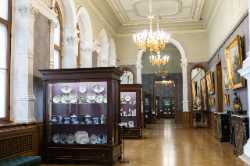 Art Museum Riga Bourse
Riga
Art Museum Riga Bourse
Riga
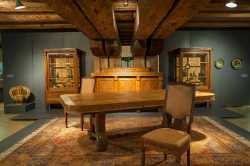 Museum of Decorative Arts and Design
Riga
Museum of Decorative Arts and Design
Riga
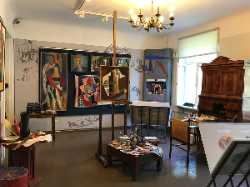 Romans Suta and Aleksandra Beļcova Museum
Riga
Romans Suta and Aleksandra Beļcova Museum
Riga
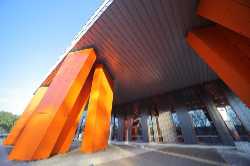 Museum Storage Facility and Forest of Sculptures
Riga
Museum Storage Facility and Forest of Sculptures
Riga
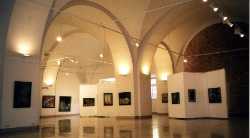 Art Museum Arsenāls
Riga
Art Museum Arsenāls
Riga
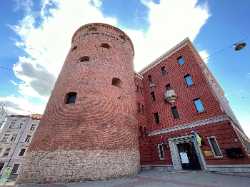 Latvian War Museum
Riga
Latvian War Museum
Riga
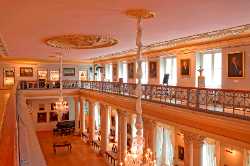 Museum of the History of Riga and Navigation
Riga
Museum of the History of Riga and Navigation
Riga
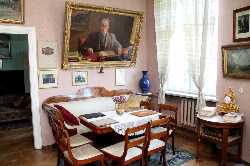 Andrejs Upīts’ Memorial Museum
Riga
Andrejs Upīts’ Memorial Museum
Riga
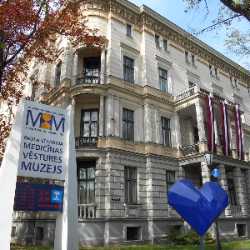 Pauls Stradiņš Museum of the History of Medicine
Riga
Pauls Stradiņš Museum of the History of Medicine
Riga
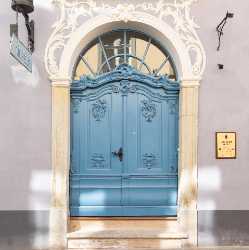 Latvian Museum of Pharmacy
Riga
Latvian Museum of Pharmacy
Riga
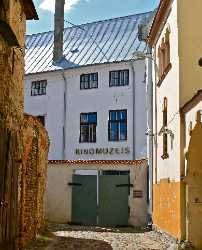 Latvian Film Museum
Riga
Latvian Film Museum
Riga
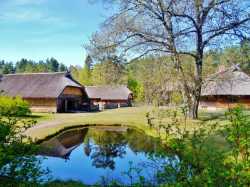 The Ethnographic Open-Air Museum of Latvia
Riga
The Ethnographic Open-Air Museum of Latvia
Riga
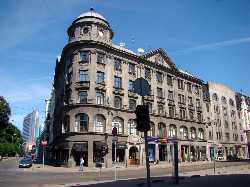 Krišjānis Barons Memorial Museum
Riga
Krišjānis Barons Memorial Museum
Riga
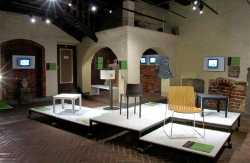 Latvian Museum of Architecture
Riga
Latvian Museum of Architecture
Riga
 Latvian Museum of Natural History
Riga
Latvian Museum of Natural History
Riga
 Latvian Museum of Photography
Riga
Latvian Museum of Photography
Riga
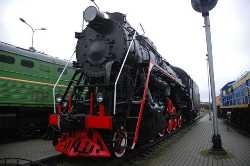 Latvian Railway History Museum
Riga
Latvian Railway History Museum
Riga
 Riga Aviation Museum
Riga
Riga Aviation Museum
Riga
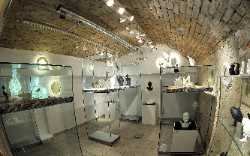 Riga Porcelain Museum
Riga
Riga Porcelain Museum
Riga
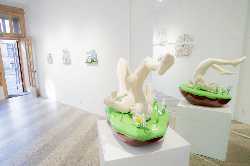 LOOK! Art Gallery
Riga
LOOK! Art Gallery
Riga
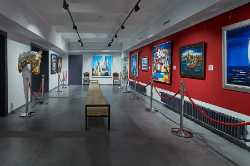 Art Platz
Riga
Art Platz
Riga
 Digital Art House
Riga
Digital Art House
Riga
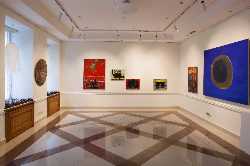 MuseumLV Gallery
Riga
MuseumLV Gallery
Riga
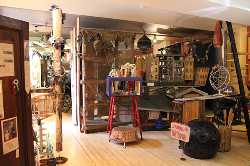 Planetarium at Science Centre Tehnoannas pagrabi
Riga
Planetarium at Science Centre Tehnoannas pagrabi
Riga